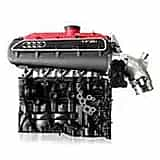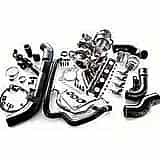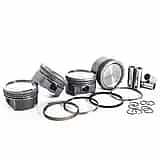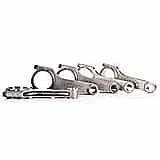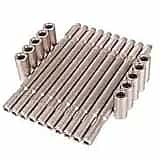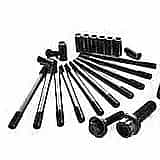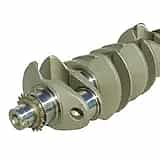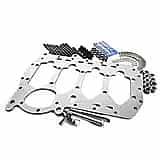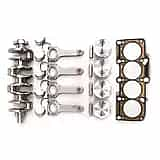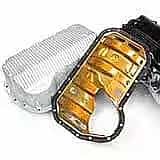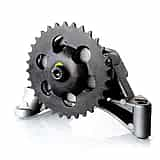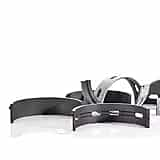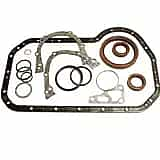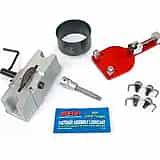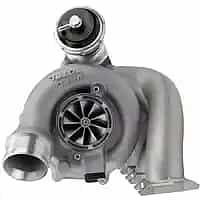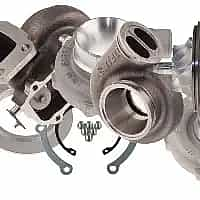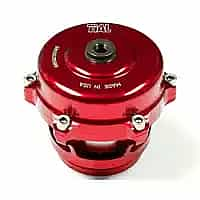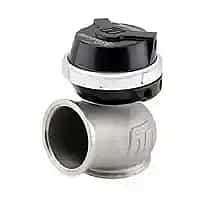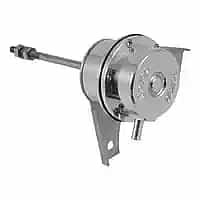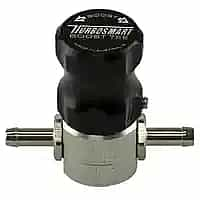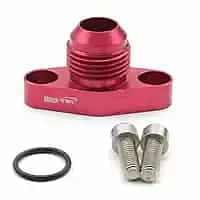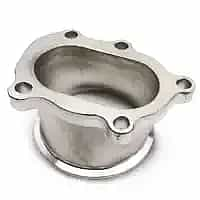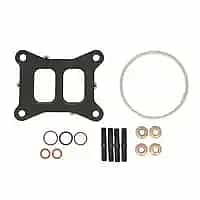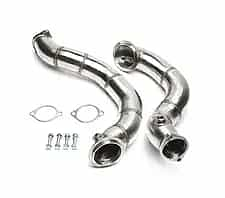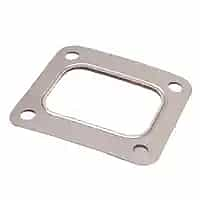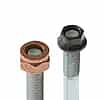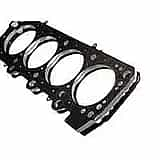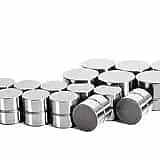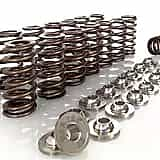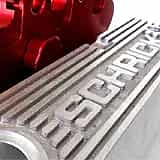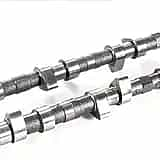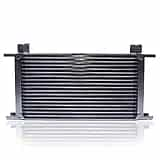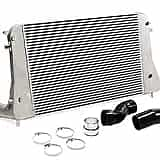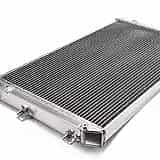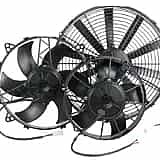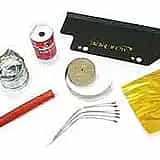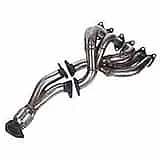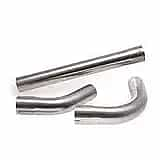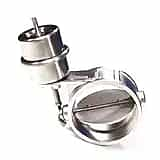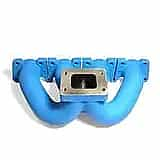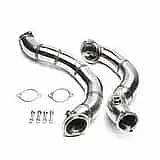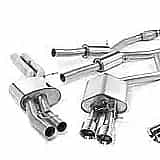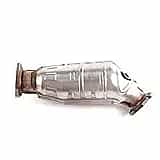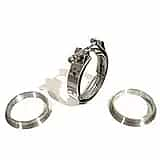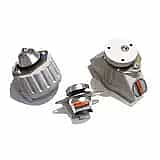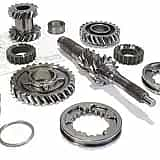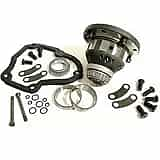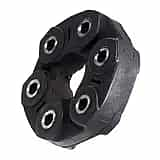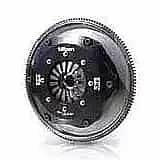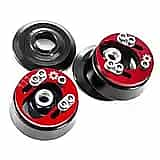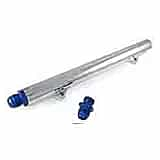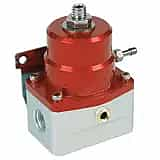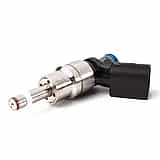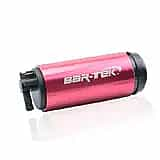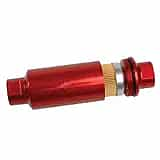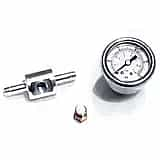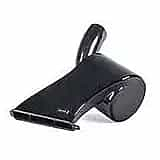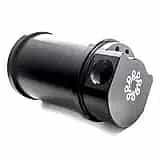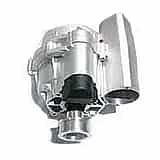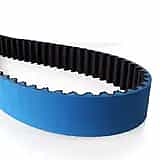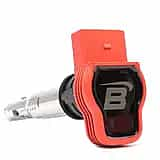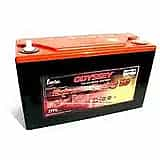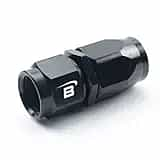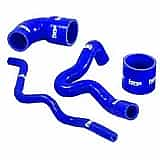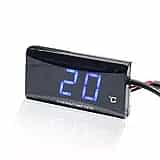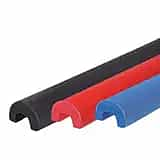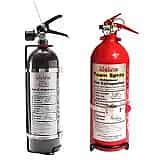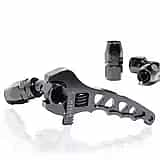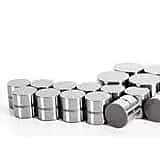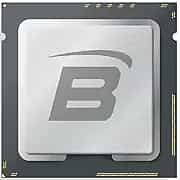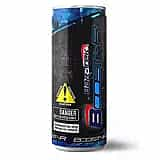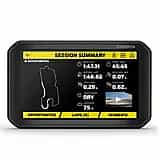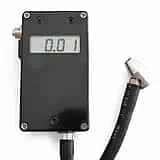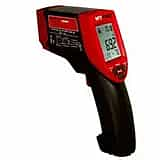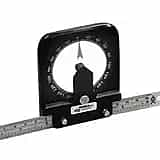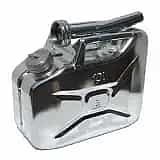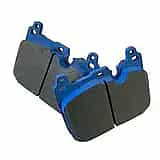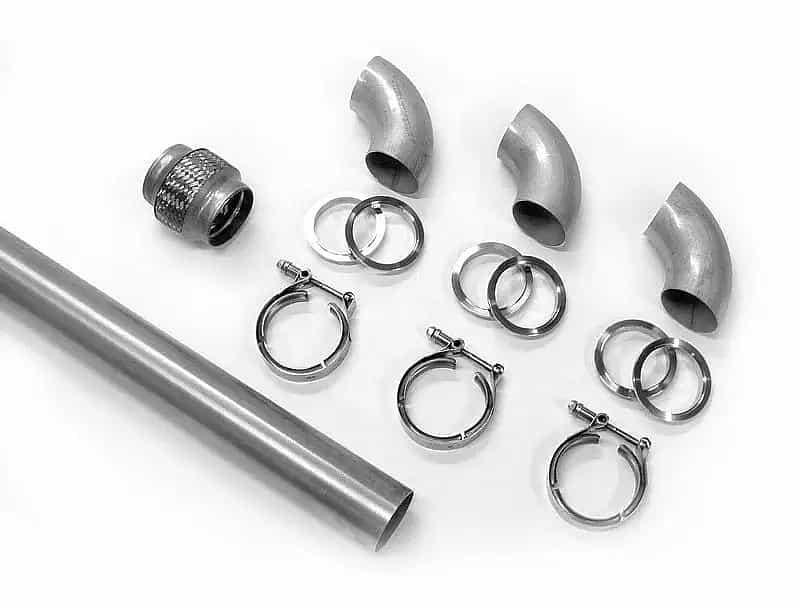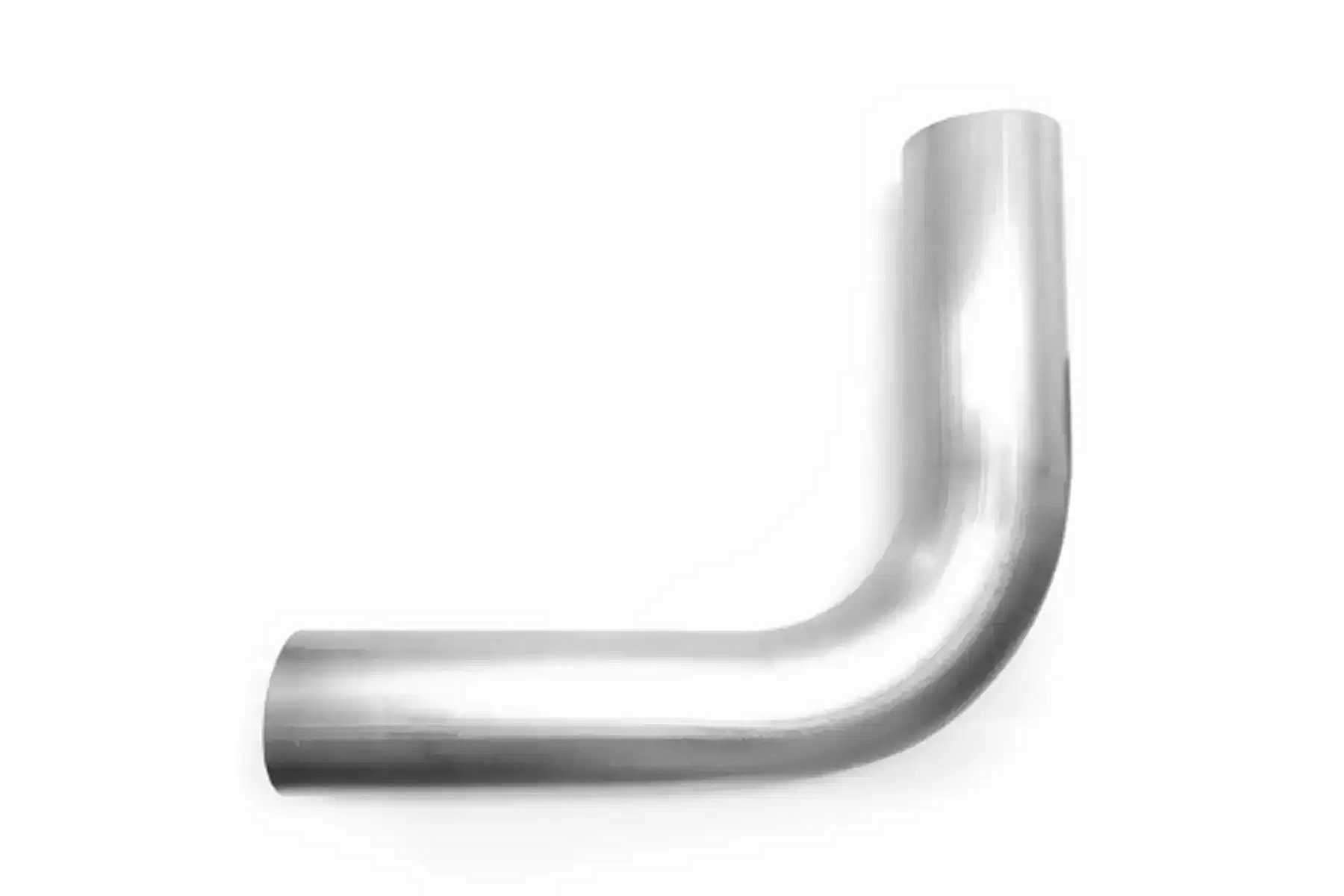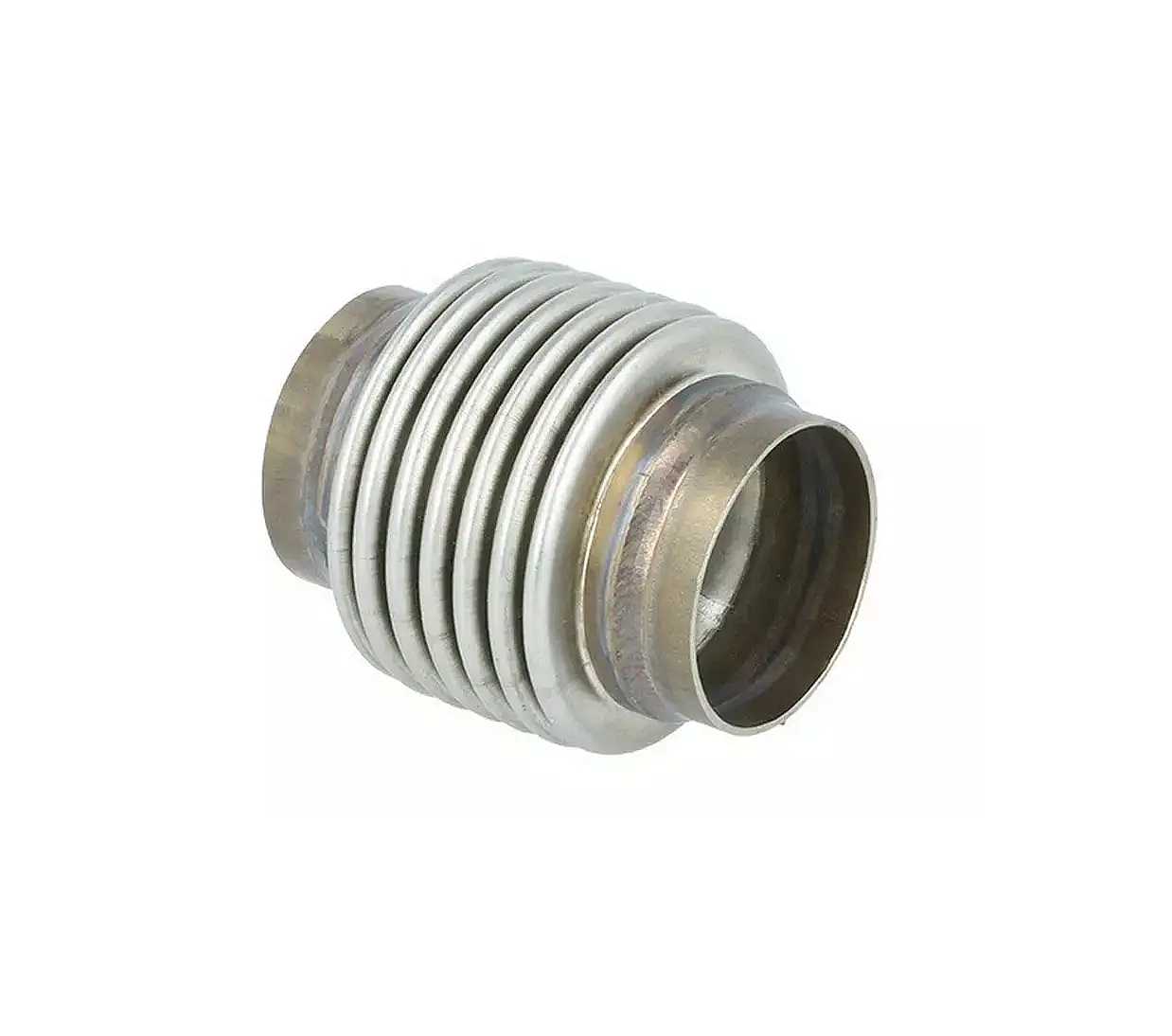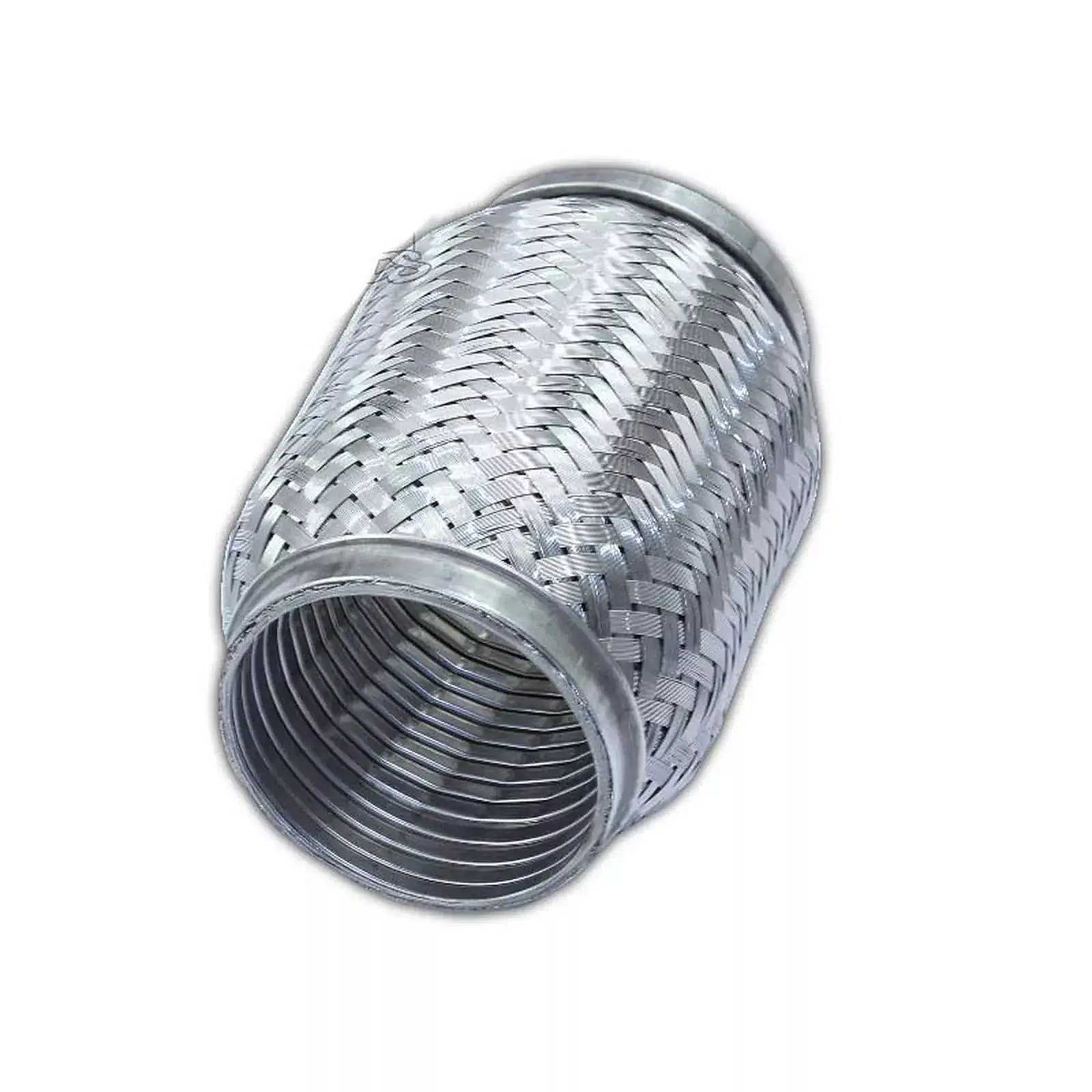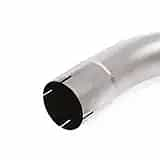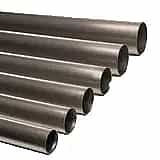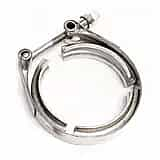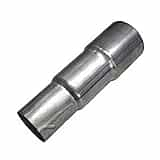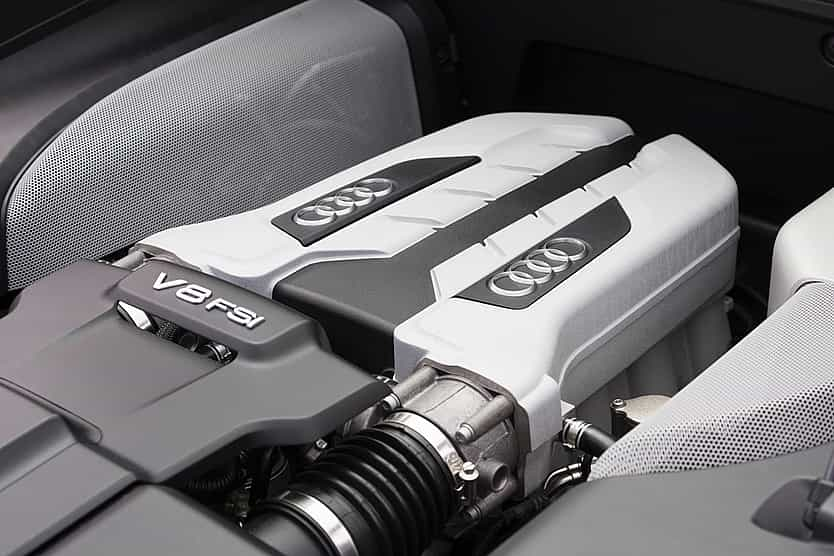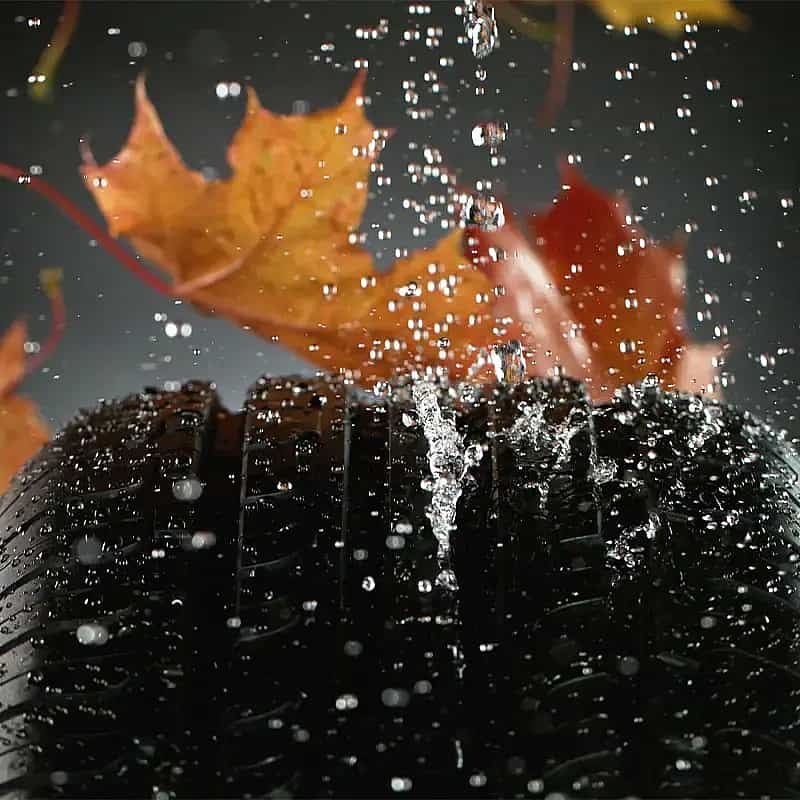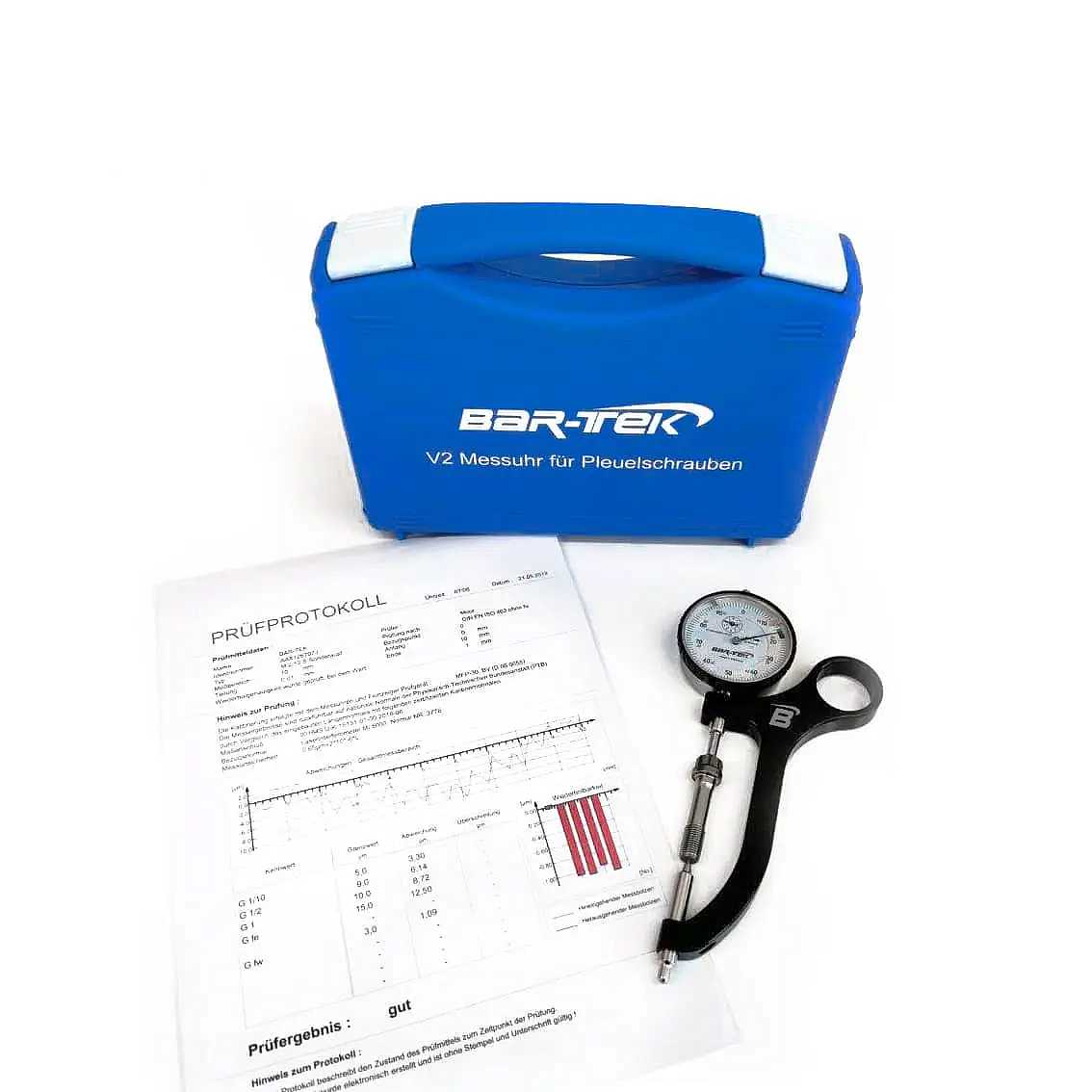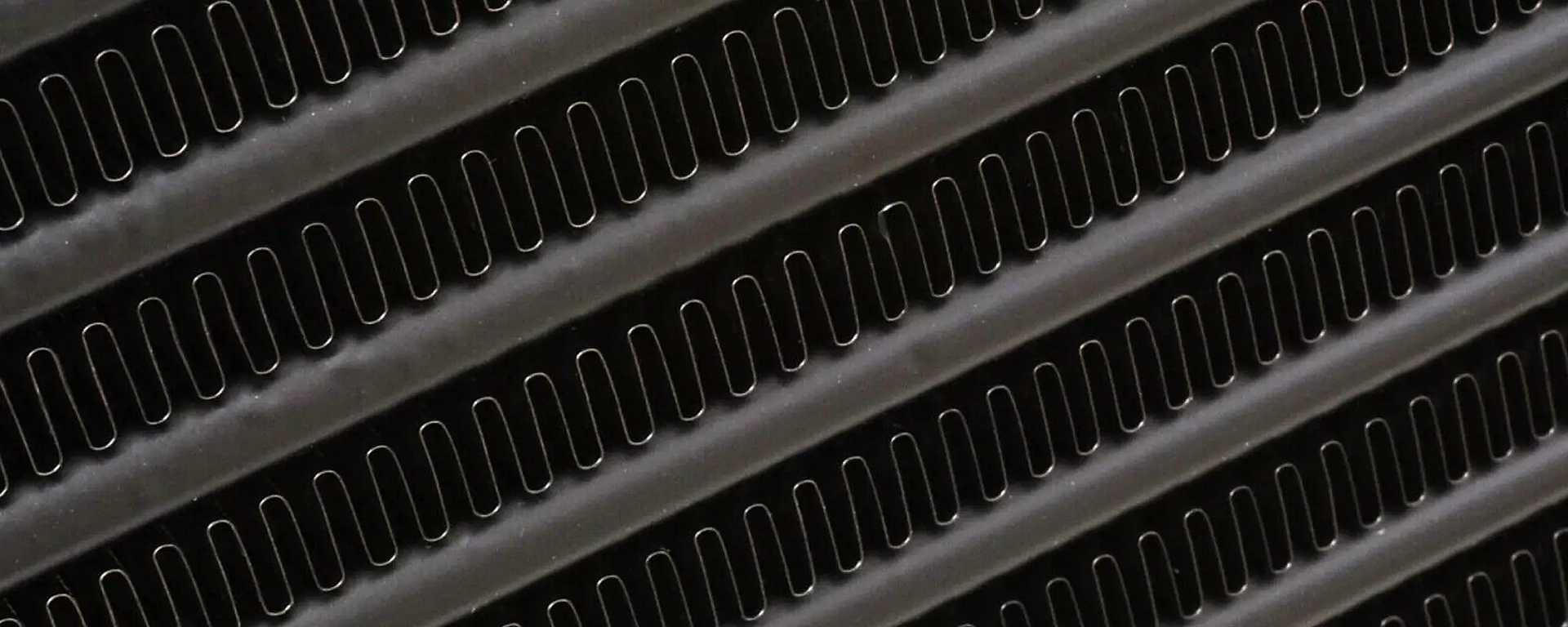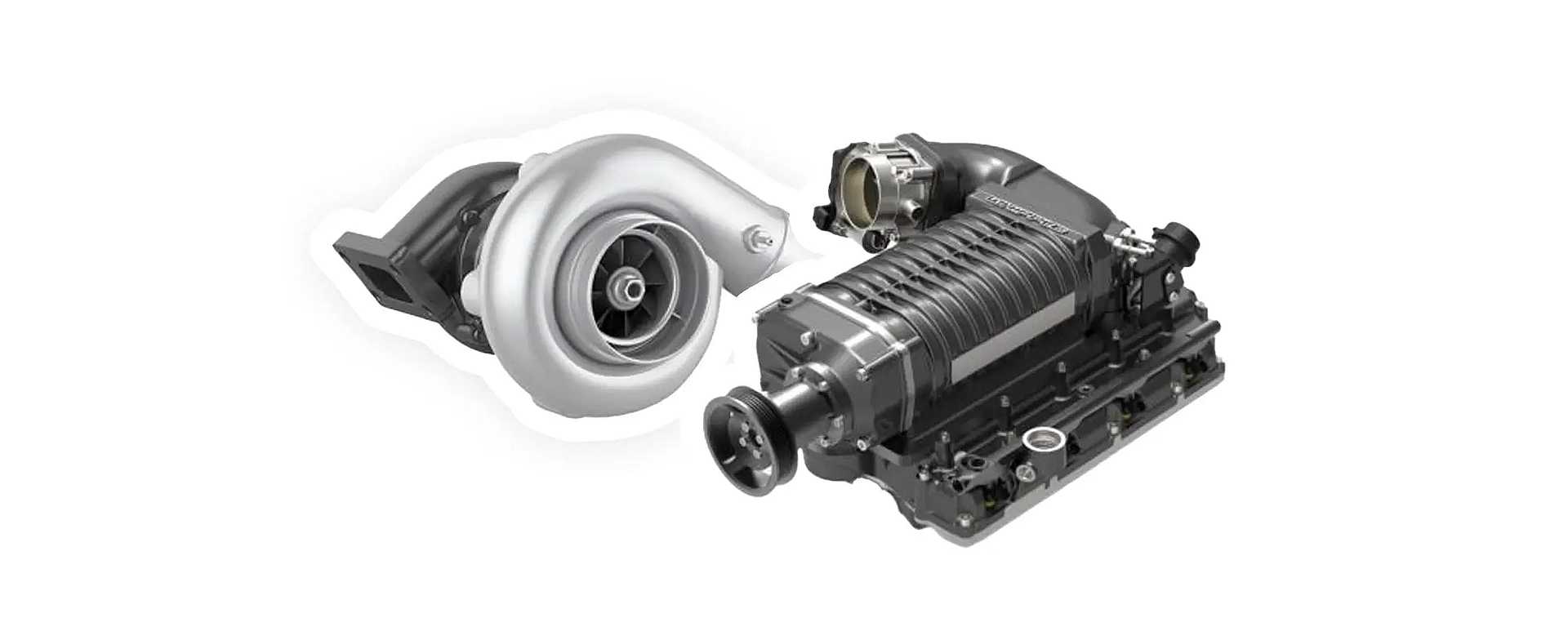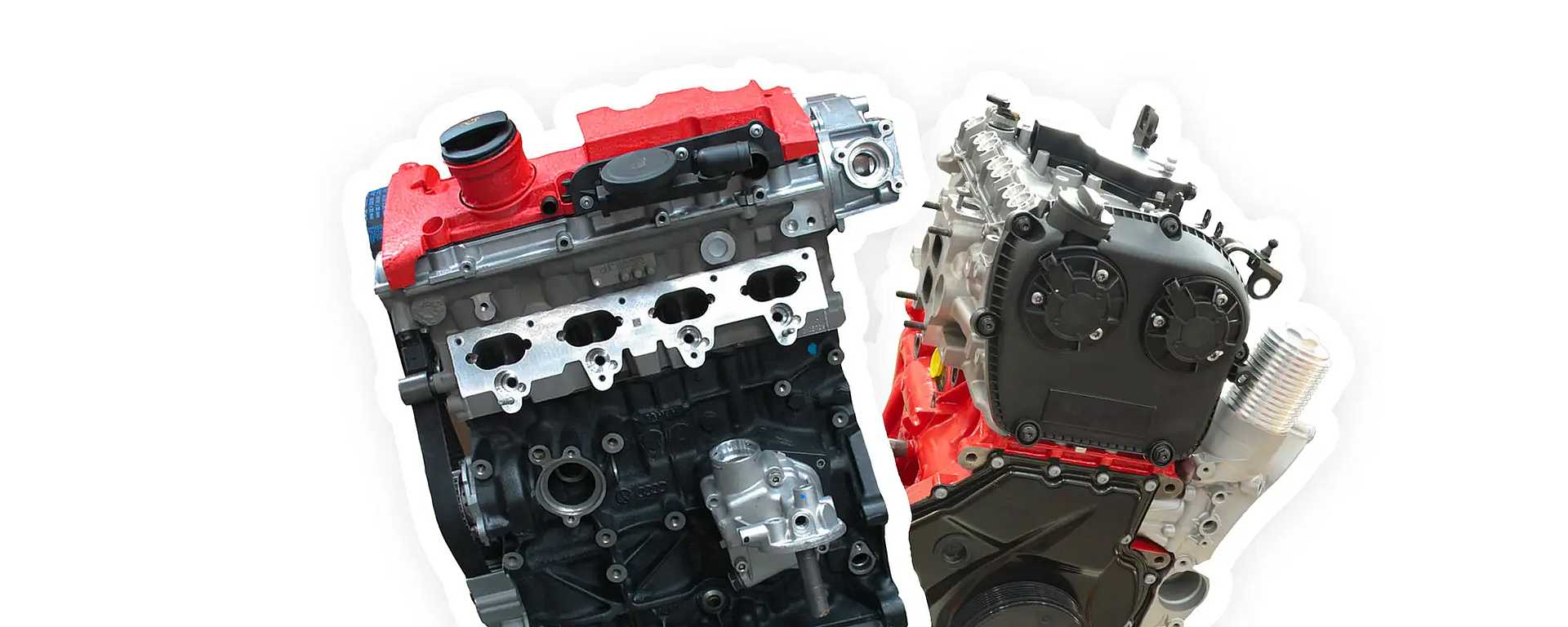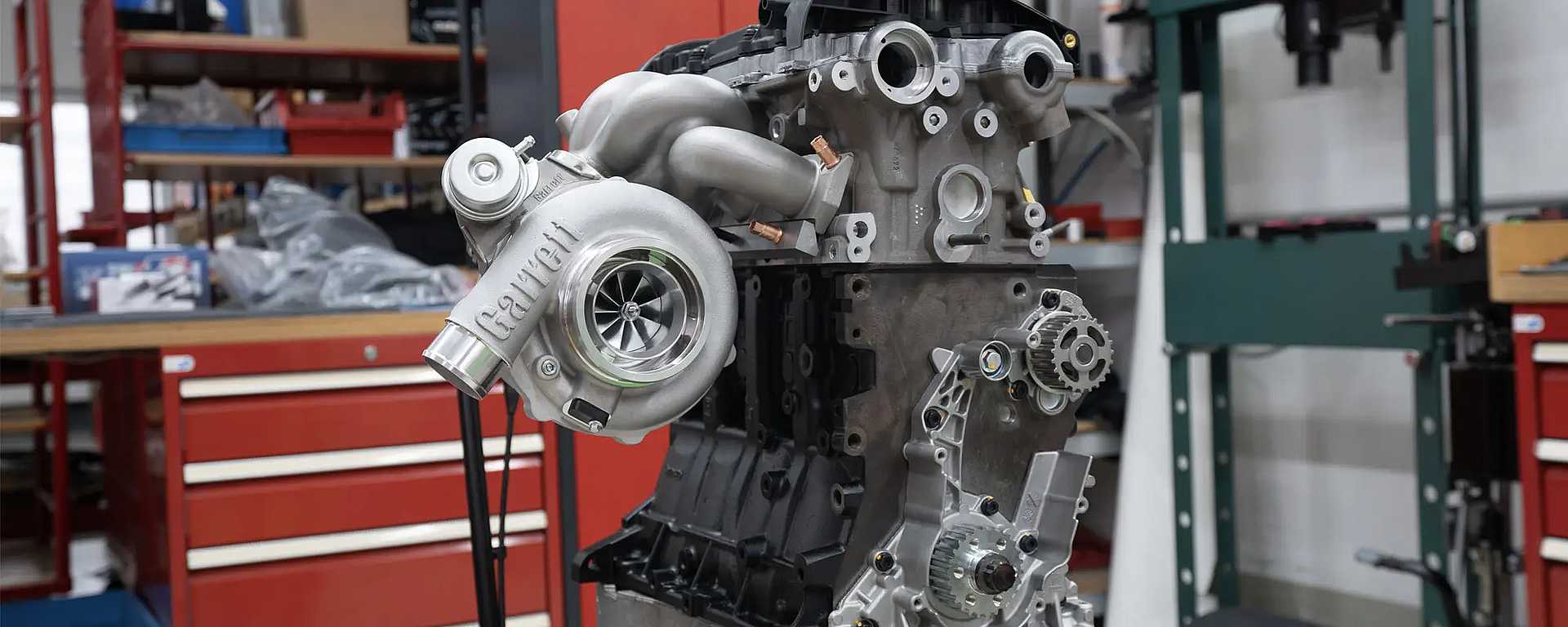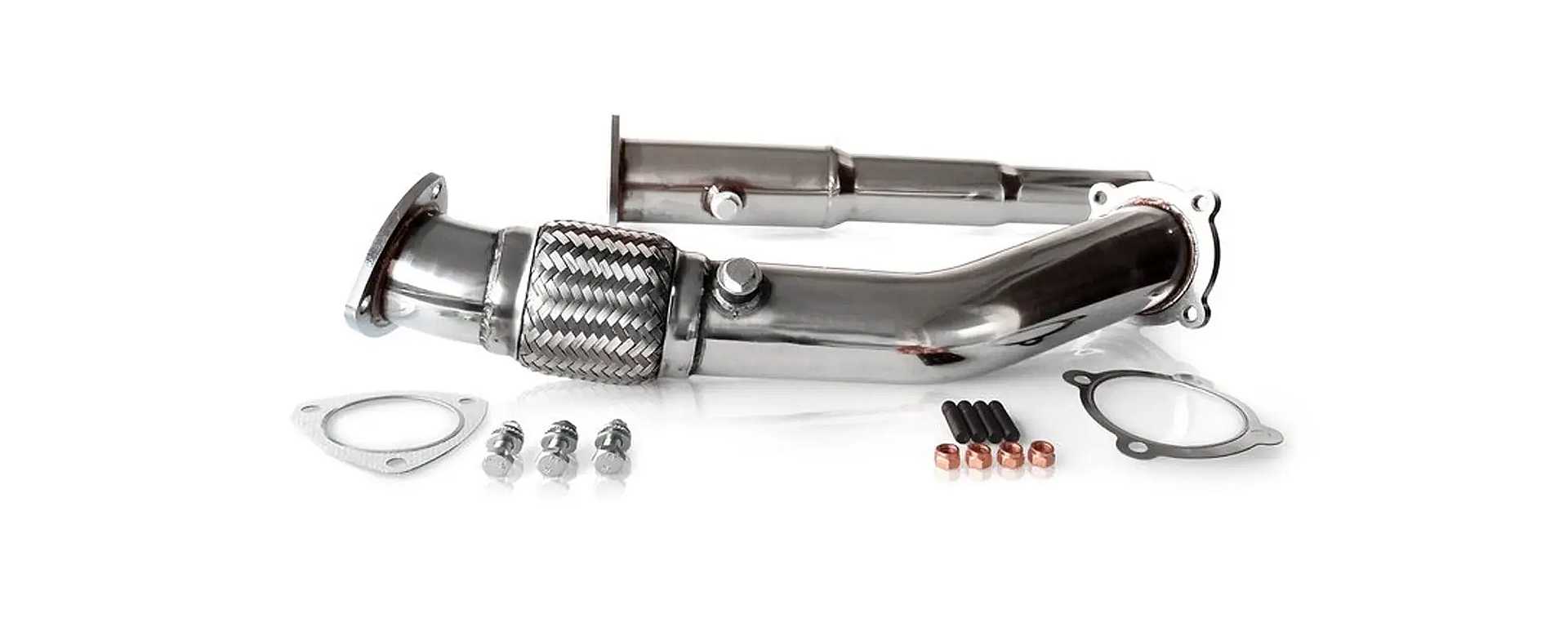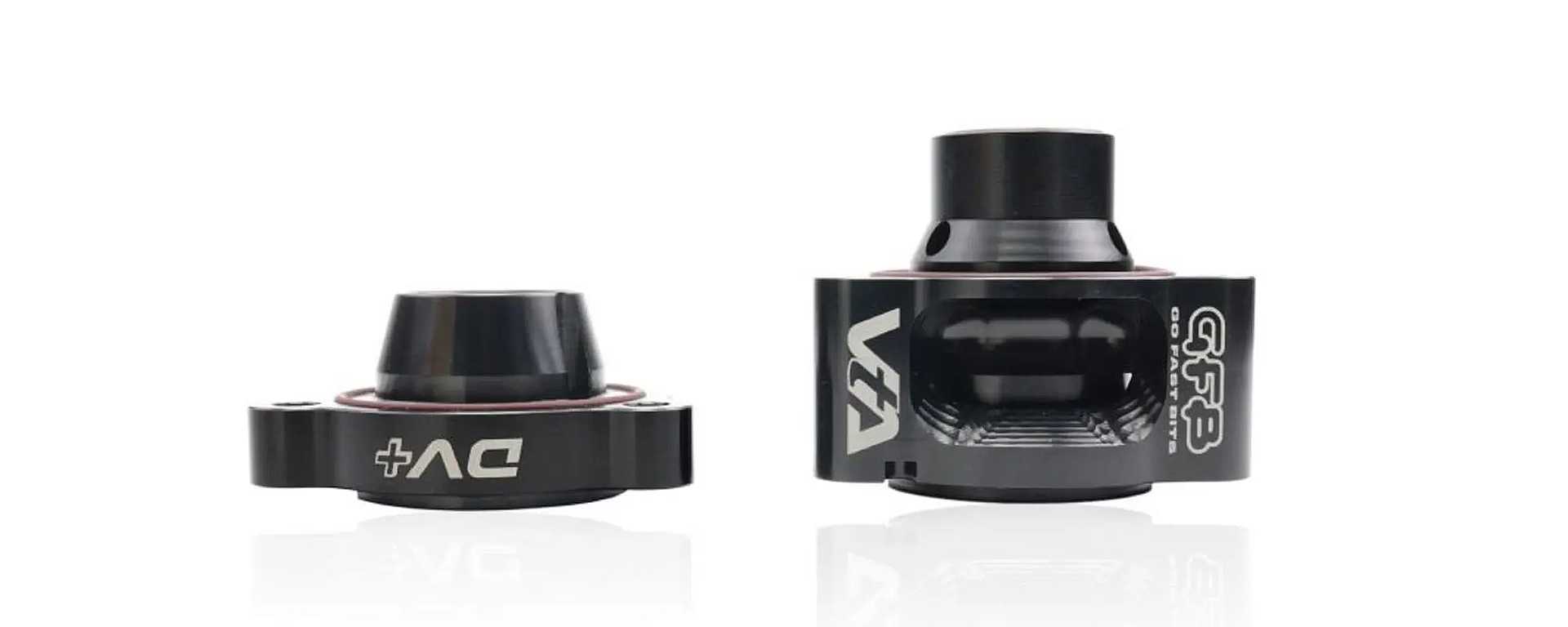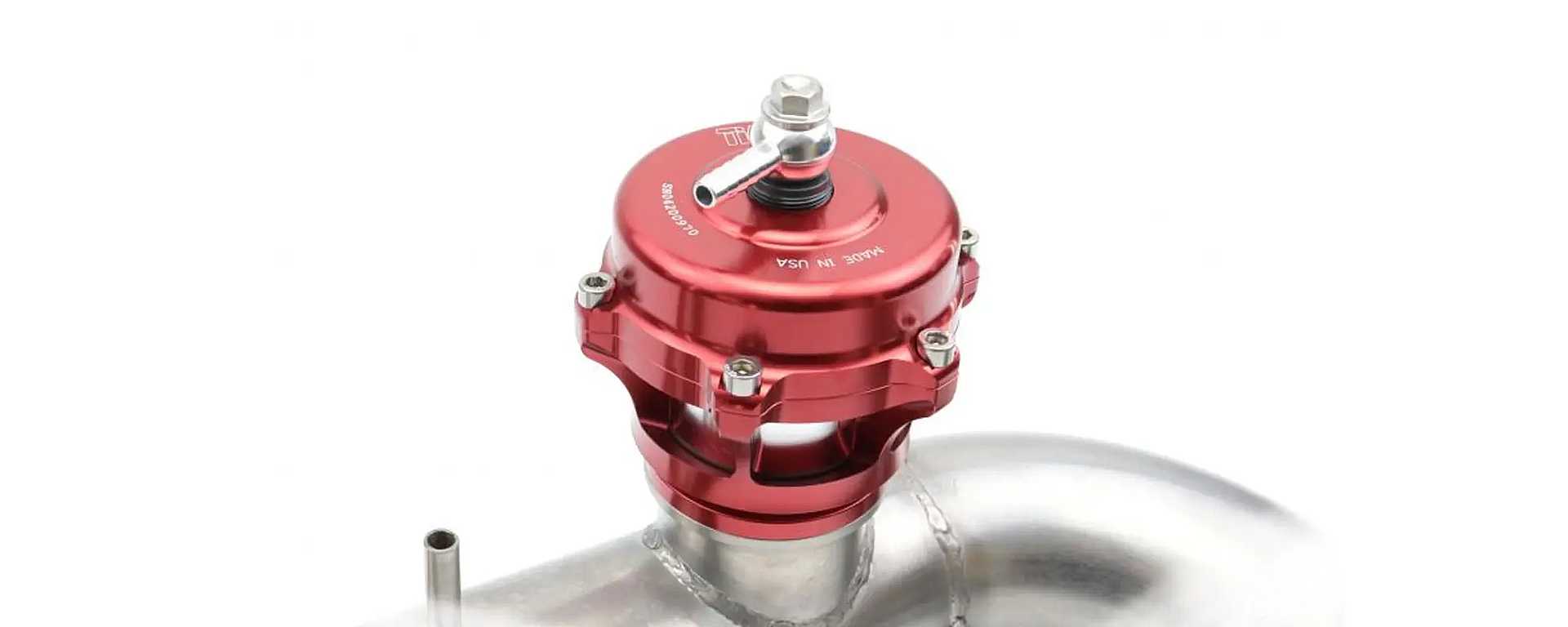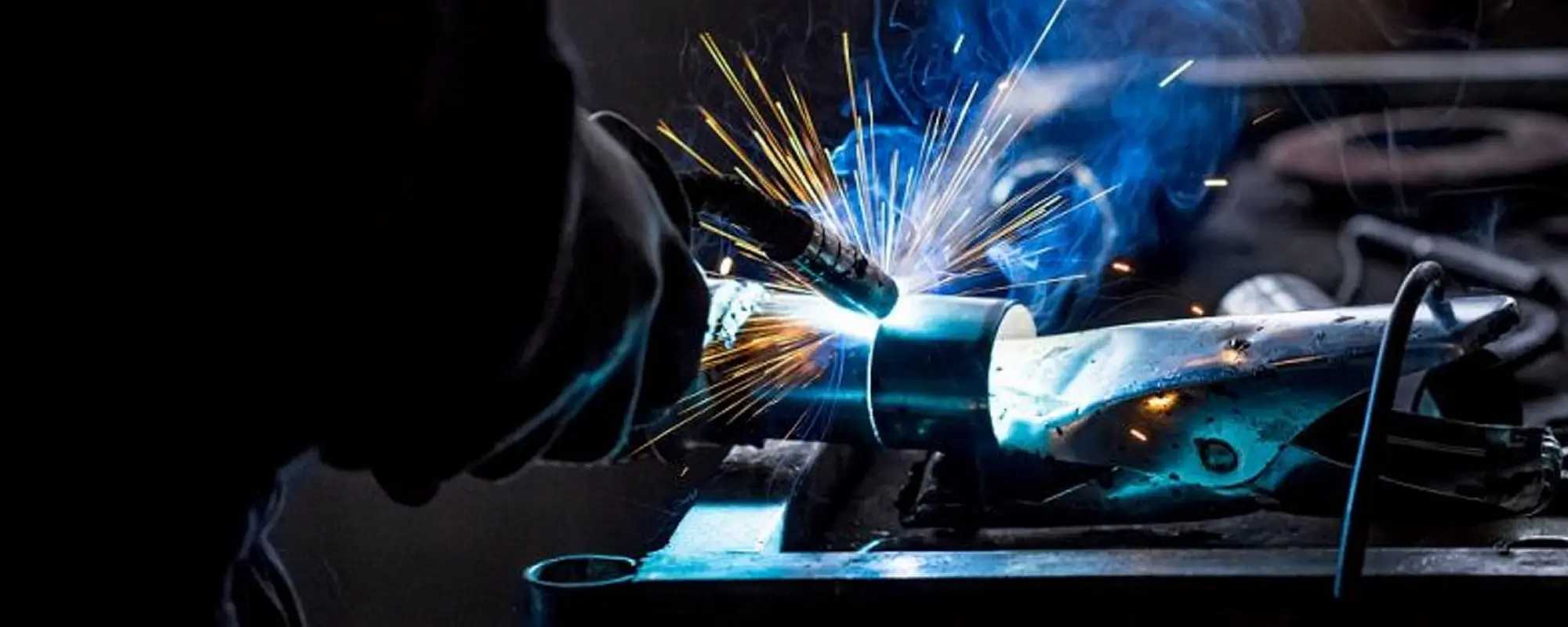

How to build your own exhaust
- 1. Before you build your own exhaust
-
2. Tips for planning your custom exhaust
- 2.1. What material should I use for my DIY exhaust?
- 2.2. What pipe diameter is suitable for my exhaust?
- 2.3. Routing the pipe – Give the system space
- 2.4. Single or twin-pipe system?
- 2.5. How do I fasten my exhaust?
- 2.6. The catalytic converter of a DIY exhaust
- 2.7. Exhaust manifold and downpipe: Beware of turbulence
- 2.8. Choosing a front, middle and rear silencer
- 2.9. Flex pipes and co.
- 3. How to measure your exhaust parts correctly
- 4. Now you can really get started: Assemble the parts and build your exhaust
- 5. TEST your custom exhaust system
- 6. Registering and enjoying your custom exhaust
- 7. Ask the motorsport pros
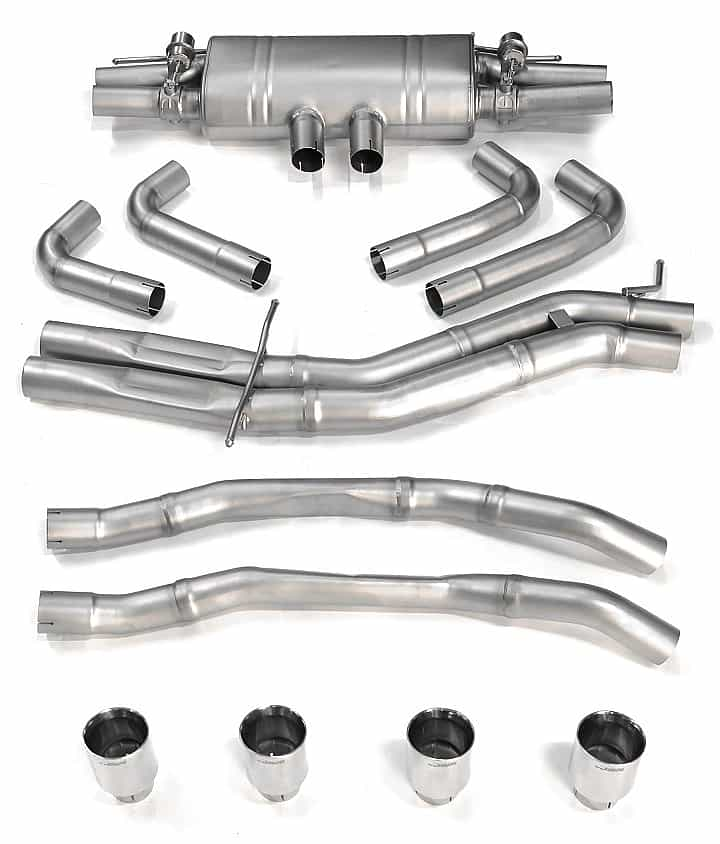
Before you build your own exhaust
Sometimes you just want to get started with the work as soon as you’ve thought of it. But from experience, we can say that this really isn’t a good idea when you’re about to build an exhaust system or silencer. Here, it’s hugely important – and of great benefit – if you consider a few things first. This will save you time, money and stress. Therefore, first have a think about the design of your exhaust. Here are some important questions you should ask yourself:
- What diameter do I want?
- How will the pipe be routed?
- What material will I use?
- Where will I put the suspension points?
- How many silencers will I install?
- Will it be a flap exhaust system?
This preparation may take some time, but it will make you faster and more efficient when you are building.
Tips for planning your custom exhaust
What material should I use for my DIY exhaust?
The exhaust system, in particular, has to withstand very high temperatures, which is why we recommend stainless steel materials and titanium exhaust pipes. Stainless steel of different grades will be suitable, depending on what exhaust component it is for. If you’d like to make an exhaust manifold of stainless steel, for example, you will need especially heat-resistant material. Stainless steel may be more expensive than other types of steel, but it will dramatically increase the life of your exhaust. We also recommend that you think about suitable heat insulation.
What pipe diameter is suitable for my exhaust?
The right exhaust pipe diameter will ensure a good balance. Many people think that a larger diameter also means more power, but it’s not that simple. With naturally aspirated engines, in particular, an overly large diameter can lead to too little back pressure, and a loss of power. If the diameter is too small, the back pressure may be too great, also resulting in a loss of power.
Routing the pipe – Give the system space
When you’re planning the route of the pipe, you absolutely must leave a bit of extra space. High temperatures can also cause the materials to expand, and if you’re unlucky and haven’t left enough space, the components of your exhaust system will knock against each other.
Single or twin-pipe system?
When building your exhaust system, always keep in mind that the flow rate is extremely important. People frequently make the mistake of thinking that a twin-pipe system is better for the flow rate. But that’s not true. A single large pipe has a larger surface area (and therefore a higher flow rate) than two smaller pipes.
How do I fasten my exhaust?
You will have to upgrade the suspension or mounts of your exhaust system if you are boosting your performance. Since we are mostly installing different parts, using larger diameters, etc., the original suspension fittings are mostly no longer adequate, or are in the wrong place.
Can be delivered in 5 to 8 days
The catalytic converter of a DIY exhaust
The catalytic converter is the cornerstone of the exhaust system. It is mostly the key to more power, and upgrading to a racing cat is bound to bring you more of this. Far fewer cells are used in sport catalytic converters than in standard models, which produces less back pressure and more power. We have cats with 100 or 200 cells, for example. The material in these is also much more durable than the standard ceramic parts, as our performance cats are made of metal.
Exhaust manifold and downpipe: Beware of turbulence
You have to ensure a pipe route that optimises the flow, especially when it comes to the exhaust manifold and downpipe. Otherwise, there could be excessive turbulence that will adversely affect performance. The same applies to the diameter: choose the right one for the performance. You will have to adapt the cylinder head and gasket to suit the size of the manifold.
Choosing a front, middle and rear silencer
When choosing your silencer, think about how you will use the car. If you’re building your exhaust system for motor racing, different volume limits will apply than for normal road traffic. You can therefore adapt the number and size of silencers accordingly. These are both important factors, as is the installation location on the vehicle. As a rule, two or three silencers are fitted for road traffic, but just one or two for motorsport.
Flex pipes and co.
At any rate, your DIY exhaust will need a flexible decoupling element in the form of a flex pipe, expansion joint or moving connection. This will protect the weld seams from cracking and connected joints from coming apart.
Should I weld or clamp the exhaust?
Once you’ve developed your design with the individual components, you need to decide whether you want to weld or clamp your custom exhaust system. There are advantages and disadvantages to both options. When clamping, the parts have a connector, one is inserted in the other and they are connected with clamps. When welding, the metal parts are joined inseparably. This means that there is less turbulence inside the pipes and the gases can flow better. However, if you use clamps, you’re more flexible because you can detach all connections again at any time. But you have to remember to leave enough space for the connections.
How to measure your exhaust parts correctly
Fatal errors have been made during measurement, which can delay the entire building project. In particular, people tend to underestimate the diameters and the size of necessary connecting parts, or clamps. Therefore, when ordering parts make sure that you keep track of and carefully measure them, including connectors and material thicknesses. When measuring, we recommend writing everything down and working with a suitable tool, such as a protractor and wire for measuring diameters, for instance.
Can be delivered in 5 to 8 days
Now you can really get started: Assemble the parts and build your exhaust
Of course, to build an exhaust you have to be able to access the underside of your car. The best and most comfortable way is with a lift table, but a pit will do the job as well. First of all, you have to remove the old system. Don’t weld the new parts fully together yet – tack weld them first so that you can correct any errors. After all, this is your first chance to see whether your design actually works. If some of the distances aren’t right, now is the time to correct them. Even if you want to install certain components in a different location, it’s no problem.
Welding is for pros
To weld your exhaust parts, you need to know exactly what you’re doing. Ideally, you should only do it yourself if you really know your stuff. TIG welding is recommended to ensure optimum results, as it is very accurate and dramatically reduces turbulence in the system. In all cases, the welds must be protected against oxidation, so that your work cannot rust. Other welding techniques can be considered, but we prefer the method that produces the best quality, of course. In any case, it isn’t a good ideal to weld the entire system, as mentioned above. Instead, fit flexible connections in one or two places, so that you can carry out repairs without having to take the entire system apart.
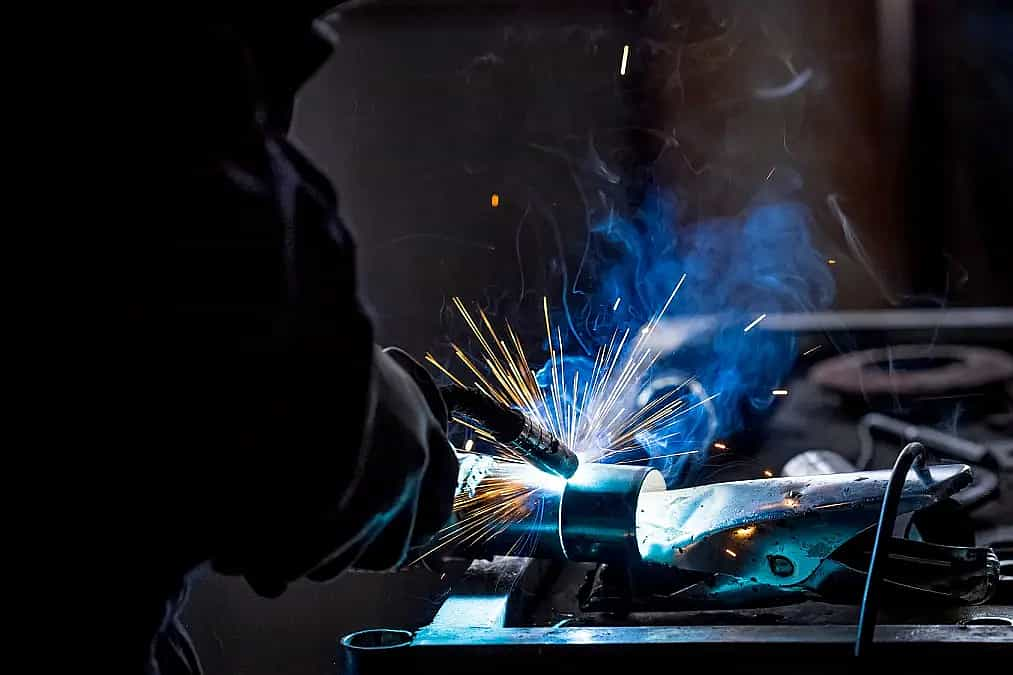
Seal connectors properly
If you have decided to join your exhaust parts using connectors, these must be sealed correctly, as this is the only way to prevent exhaust gas from escaping where it shouldn’t. Therefore, you should apply an exhaust assembly paste to get rid of any tiny holes in connections. Only do this when you move on to the final build! Exhaust Mounting Paste also hugely facilitates assembly, including around the clamps.
TEST your custom exhaust system
When you have finished installing the entire system, it does of course need testing. Now you can put everything through its paces – and hopefully also hear the awesome results of your work! If everything’s working tip-top, go to the experts to get official approval for your system.
Registering and enjoying your custom exhaust
When it comes to MOT or other vehicle inspections, you certainly don’t want any nasty surprises if you’re going to be driving on roads with your custom exhaust. Therefore, it’s best to discuss your project with an MOT garage, insurer or other relevant experts as early on as possible. They can tell you exactly what you need to make your exhaust legal. The same applies to motor racing, because you don’t want to run the risk of being disqualified. Once it’s all approved, all you have to do now is enjoy your new exhaust: the sound, the feeling, and the fun.
Ask the motorsport pros
Building your own exhaust brings a lot of challenges. But you’re not alone – ask us for advice! Just send us a chat message, and benefit from our motorsport knowledge. We’ll be happy to help.

